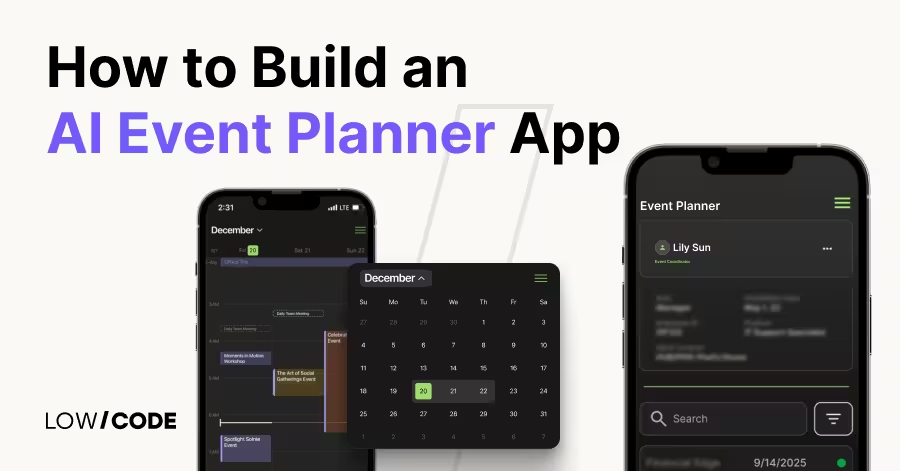What is Vibe Coding? And Why Serious MVPs Outgrow It
12 min
read
Discover what vibe coding is, why it’s great for quick prototypes, and why serious MVPs need scalable, maintainable solutions beyond vibe coding
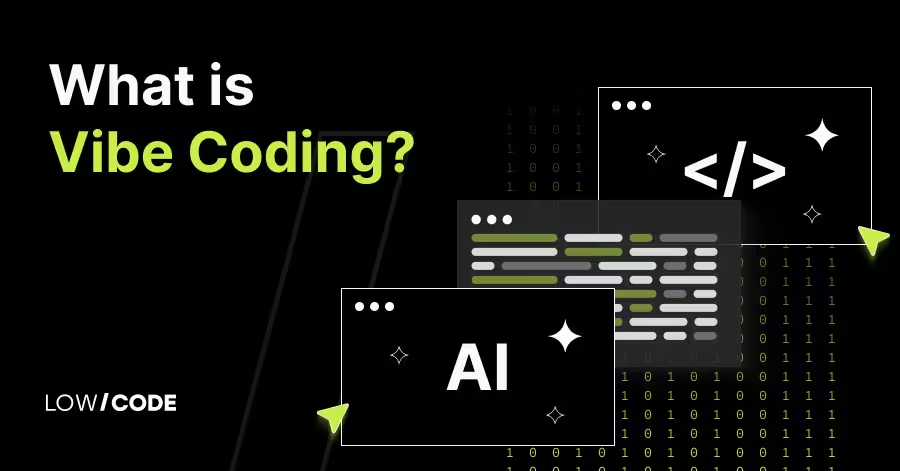
The Rise of Vibe Coding in 2025
You’ve probably seen the hype. Type a short prompt, press enter, and an app-like prototype appears in seconds. Platforms such as Lovable and Base44 are gaining attention by promising to turn ideas into polished visuals in minutes instead of months.
For founders tired of technical roadblocks, it feels magical — no setting up databases, no mapping user flows, no long back-and-forth with developers. Just describe what you want, and the AI delivers something that looks ready to launch.
Social media is full of demos showing apps built during a coffee break, and it’s easy to see why many entrepreneurs jump in. But the story changes when those quick prototypes face real-world needs. Adding complex logic, scalability, or true functionality exposes the limits fast.
What is Vibe Coding?
Vibe coding is often called the “fast fashion” of app development. Instead of writing code line by line, you describe your idea, and AI generates ready-made snippets, boilerplate structures, and simple logic.
You then adjust, refine, and “vibe” with the results until they look close to what you want. It feels like a creative loop with a tireless coding partner who always delivers something back.
- AI-powered assistance – Large language models generate code based on natural language prompts, reducing the need for technical depth.
- Interactive workflow – You don’t just accept what’s given; you keep refining and shaping the code until it matches your vision.
- Target audience – Non-technical founders in the early idea stage, eager to bypass the steep learning curve of programming.
- The big promise – Turn an abstract idea into a “working” prototype within hours, not months.
But here lies the catch. Prototypes generated through vibe coding often look polished on the surface, yet they lack the depth, scalability, and problem-solving strength that real-world products demand. The gap between flashy demos and reliable software remains a serious limitation.
Read more | AI Business Trends and Challenges
The Hidden Downsides of Vibe Coding
The excitement around vibe coding often hides its deeper risks. While the demos look sleek and convincing, the reality of using AI-generated code for real products can quickly become a painful experience.
What feels like a shortcut in the beginning often leads to roadblocks once you try to scale, secure, or stabilize the product.
- Fragile and inconsistent code – AI tools rarely follow clean coding standards. One part of the app may look fine, while another section breaks under pressure, leaving you with mismatched patches.
- Weak foundation for growth – The generated output is designed for speed, not sustainability. As soon as you try to add advanced features or support more users, the shaky base starts to collapse.
- Debugging struggles – Since you didn’t write the code, fixing issues feels like navigating a maze. Performance optimization often requires rewriting entire sections from scratch.
- Rising technical debt – Quick wins today mean bigger costs tomorrow. Every shortcut piles up, forcing costly rebuilds when real functionality is needed.
- Security blind spots – AI doesn’t understand compliance frameworks like GDPR or HIPAA. Unchecked code can expose sensitive data and put your business at risk.
For many founders, vibe coding turns from an exciting demo into a long-term liability.
Read more | AI App Development Guide
Where Vibe Coding Makes Sense (Short-Term Use Cases)
Vibe coding isn’t completely without value. In fact, it shines in situations where speed and visuals matter more than stability or scale. For short-term goals, these platforms can help you move fast, communicate ideas, and test concepts before committing serious time or money to development.
- Early-stage proof of concept – When you’re exploring an idea, vibe coding lets you create a working-looking prototype quickly. It helps teams align around a shared vision without investing months into development.
- Mockups for investor pitches – Investors love to see something tangible. A polished prototype, even if fragile, can make your idea more convincing during presentations.
- Personal or hobby projects – If you’re building for fun or experimenting on a side project, vibe coding offers an easy way to play with concepts without worrying about long-term consequences.
- Testing UI/UX concepts – Before investing in full design or development, you can use vibe coding to test layouts, flows, and interactions with real users at minimal cost.
In these contexts, vibe coding works as a temporary tool to visualize ideas and spark conversations. It’s not the path to a production-ready product, but it can be useful for quick wins and short-term validation.
Read more | Can You Build an AI SaaS with No-code?
Why Serious MVPs Move Beyond Vibe Coding
While vibe coding is great for quick demos, serious MVPs demand more than flashy prototypes. When founders move from concept to actual product development, the limitations of AI-generated code become impossible to ignore. Building something that real users can rely on requires a stronger foundation.
- Reliable, scalable, maintainable codebases – Startups need apps that grow with their audience. Vibe coding creates fragile outputs, but MVPs demand stable structures that can handle growth and future updates.
- Complexity requires clean architecture – As features expand, messy or inconsistent code quickly breaks down. A well-designed architecture ensures new functionality can be added without constant rewrites.
- Low-code and no-code platforms reduce technical debt – Tools like Bubble, Glide, and FlutterFlow allow founders to build functional apps with fewer long-term issues. They prioritize sustainability, security, and maintainability.
- Faster time-to-market with fewer bugs – Serious platforms provide tested components, integrations, and user-friendly design systems. This reduces errors and delivers a smoother user experience.
For MVPs meant to attract customers, investors, or partners, moving beyond vibe coding is not optional — it’s essential.
Professional no-code and low-code solutions bridge the gap between early validation and building a product that can succeed in the real market.
Read more | How to hire AI app developers
How Vibe Coding Compares to Other Development Approaches
Vibe coding grabs attention with speed, but real products need more than flashy demos. Compared to other approaches, its weaknesses stand out, while low-code and no-code, especially with expert agencies, deliver the best balance of speed, budget, and scalability.
Why Vibe Coding Falls Short Compared to Traditional Coding
Vibe coding promises instant results, but the code it generates is fragile, inconsistent, and nearly impossible to scale. Traditional coding, on the other hand, provides strength and reliability, but demands months of work, large budgets, and specialized teams.
This leaves founders stuck between quick mockups that break under pressure and expensive projects that take too long to deliver. Both approaches fail when speed-to-market and cost-efficiency are critical for growth.
Read more | Best no-code AI app builders
Why Low-code Platforms Outperform Both
Low-code platforms like FlutterFlow solve the problems of both speed and stability. Unlike vibe coding, they provide clean architecture, built-in integrations, and strong scalability. Unlike traditional coding, they cut timelines from months to weeks while staying budget-friendly.
When combined with the expertise of LowCode Agency, low-code platforms enable the launch of reliable, production-ready applications faster, with fewer bugs, and at significantly lower costs. It’s the smarter choice for founders aiming to balance speed with long-term sustainability.
Read more | AI fitness app development guide
Why No-code Tools Lead the Future
No-code platforms like Bubble and Glide take efficiency even further. They eliminate the messiness of AI-generated code while providing tested, visual components that scale with ease.
Partnering with no-code agencies allows founders to move from idea to market-ready apps without overspending or waiting for months.
Compared to vibe coding’s flashy but shallow outputs and traditional coding’s heavy costs, no-code offers a modern, scalable solution. With the right development partner, such as LowCode Agency, businesses can launch functional, secure, and user-friendly apps quickly, making no-code the leading path for future-ready products.
Read more | How to Build an AI Nutritionist App
How to Upgrade From Vibe Coding to a Real MVP
Moving from vibe coding prototypes to a real MVP requires more than polishing what you already have. It’s about creating a product that is scalable, secure, and user-ready. The path forward involves a clear upgrade plan that ensures your idea grows into a sustainable application.
- Audit your proof of concept – Review your current prototype to see what, if anything, can be carried forward. Many parts may need rebuilding.
- Choose the right platform – Select a no-code or low-code platform that matches your goals, whether it’s Bubble, Glide, or FlutterFlow.
- Partner with experts like LowCode Agency – Building scalable apps requires expertise you won’t get from tutorials. LowCode Agency brings proven frameworks, best practices, and helps avoid costly mistakes from the start.
- Rebuild for scalability – Replace fragile outputs with a real database, secure APIs, and automation. This ensures your app can handle more users, data, and features without breaking.
- Test with real users – Launch beta versions, gather feedback, and track actual usage. Real-world testing uncovers issues early and helps refine the product for better adoption.
- Plan for growth – Create a roadmap for new features, integrations, and performance upgrades. This future-proofing keeps your MVP evolving into a sustainable, competitive product.
This upgrade process transforms vibe coding mockups into functional MVPs that are ready to compete in the market.
Read more | How to Build AI Ecommerce platform
Final Thoughts – Don’t Let Your Product Get Stuck in “Demo Mode”
Vibe coding has its place for quick ideas, but it isn’t built for long-term growth. Flashy demos may impress at first, yet they can’t deliver the scalability, security, and reliability a real product demands. If you want your business to succeed, you need to move beyond prototypes and invest in a stronger foundation early.
At LowCode Agency, we don’t just build apps — we create scalable digital products that grow with your business. By combining no-code and low-code platforms with proven frameworks, we help you avoid costly mistakes and get to market faster.
Our role is to take your vision beyond “demo mode” and turn it into a product that works in the real world. With us as your product team, you can launch quickly, scale confidently, and focus on building long-term success.
Book a free discovery call with us to discuss how we can transform your concept into a product that drives real business results.
Created on
August 24, 2025
. Last updated on
November 18, 2025
.

FAQs
What is vibe coding and how does it work?
Why is vibe coding not suitable for building real products?
How do no-code and low-code platforms compare to vibe coding?
When should I stop using vibe coding and build a scalable MVP?
How can I upgrade from vibe coding to a real MVP?
Should I hire an agency to help transition from vibe coding to no-code or low-code?





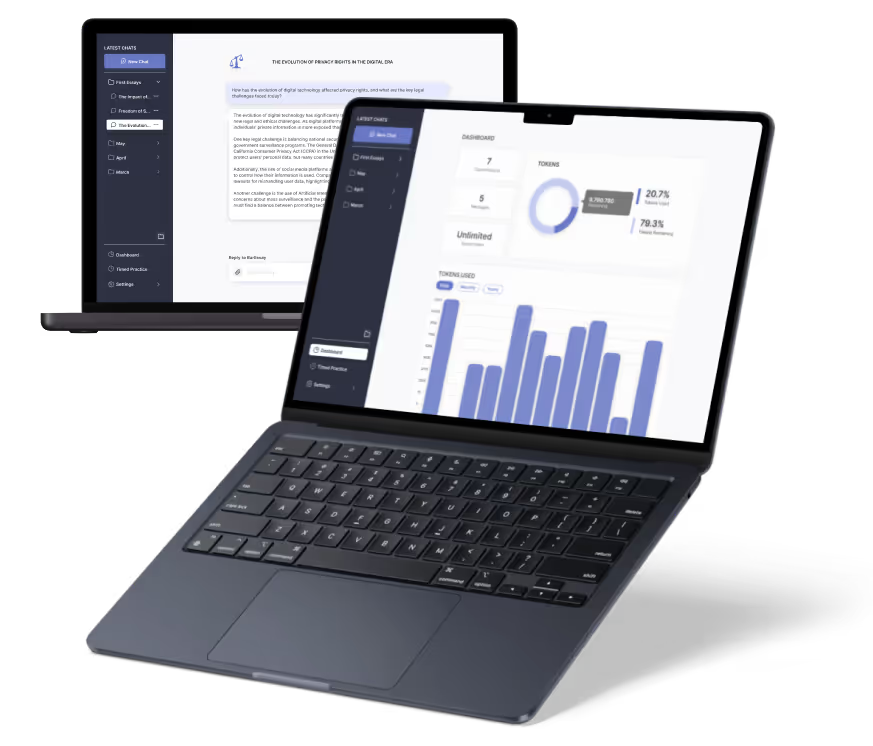

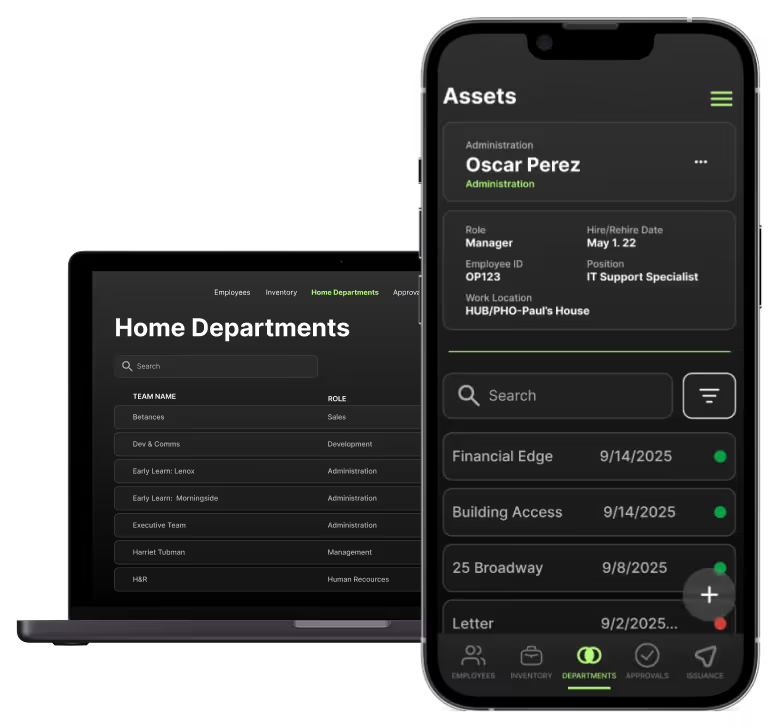
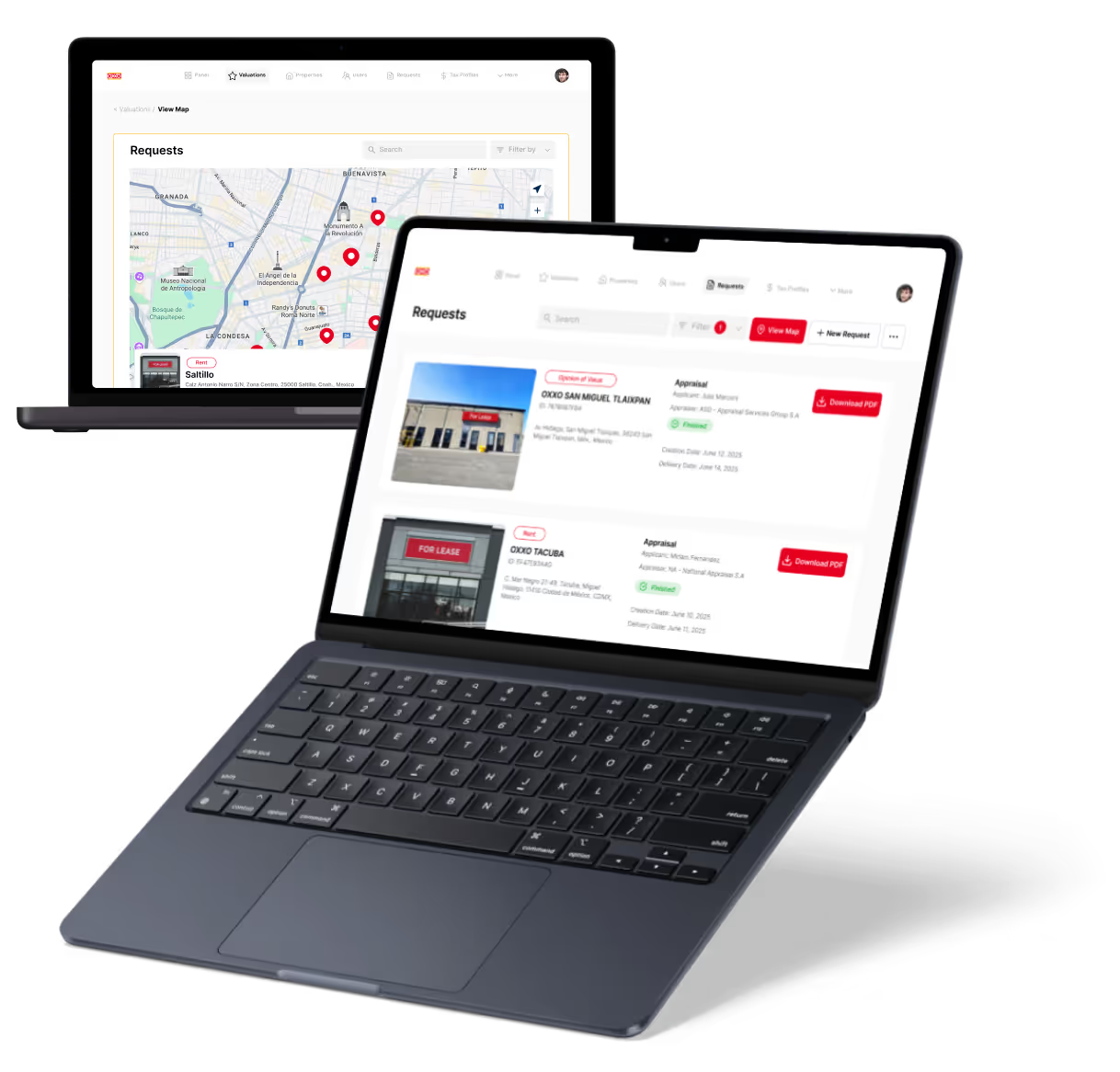
%20(Custom).avif)




